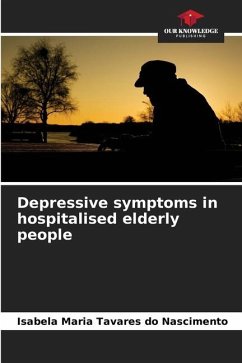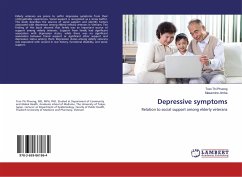Depression is the most prevalent mental disorder in many countries around the world and is associated with functional impairment and high morbidity and mortality rates. Depression and depressive disorders are common in the population as a whole and especially among the elderly. In the elderly population, depression is among the most frequent chronic illnesses that increase the possibility of developing functional disability, affect quality of life, increase financial costs, overburden health services and can lead to the most serious outcome of the illness, suicide. On the other hand, the presence of comorbidities and the use of polypharmacy, common among the elderly, make the diagnosis and treatment of depression even more complex. In this way, it can be seen that early detection of depressive symptoms in the elderly in a hospital setting is important, because the presence of these symptoms can be responsible for loss of autonomy and worsening of pre-existing pathological conditions, as well as the risk of suicide.
Bitte wählen Sie Ihr Anliegen aus.
Rechnungen
Retourenschein anfordern
Bestellstatus
Storno








